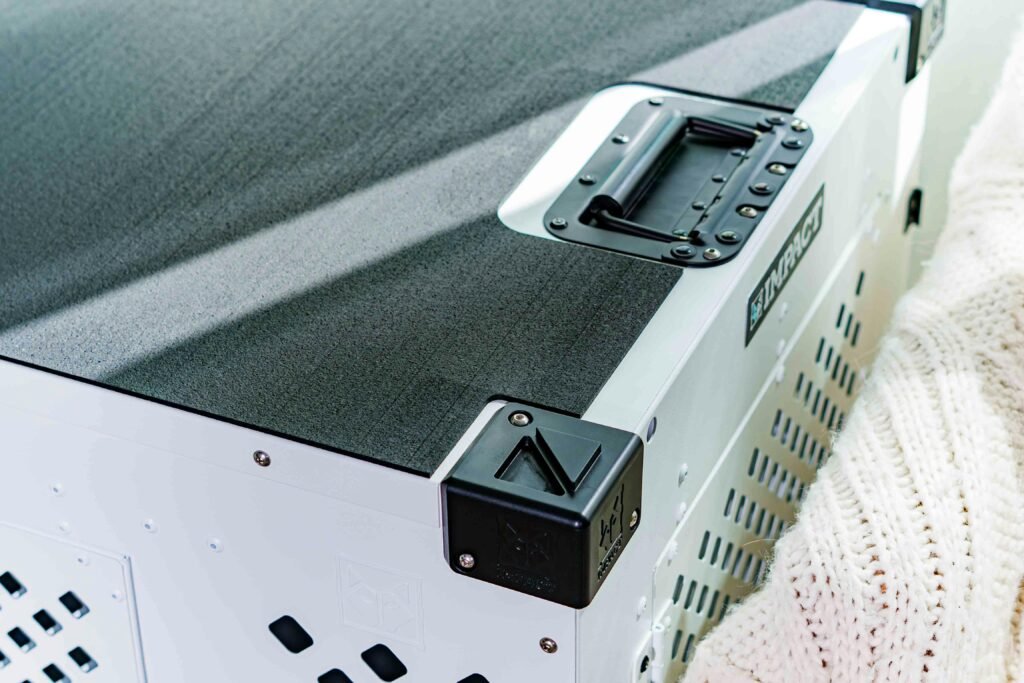Have you ever wondered about the impact your flooring choice has on the environment? As we become more conscious of our ecological footprint, selecting eco-friendly materials becomes an essential part of home planning and renovations. Flooring, a significant aspect of your living space, can either harm or help the environment depending on the materials you choose. Let me walk you through some options and considerations to help you make informed decisions.

Understanding Eco-friendly Flooring
Choosing eco-friendly flooring isn’t just about aesthetics; it’s about choosing materials that support sustainable practices and have minimal impact on our planet. Eco-friendly flooring options are often made from renewable resources, have a long life span, and produce less waste and emissions.
Why Eco-friendly Flooring Matters
Opting for eco-friendly flooring comes with a host of benefits. It’s not just about making your home look good; it’s about ensuring the well-being of the environment both currently and in the future. This choice reflects a commitment to sustainability, reduces carbon footprint, and supports renewable resources.
Factors to Consider
Before deciding on eco-friendly flooring, consider several factors – durability, renewability, chemical emissions, and the lifecycle of the material. You’ll want flooring that not only meets your aesthetic preferences but also aligns with your environmental values while being practical for your daily life.
Popular Eco-friendly Flooring Options
There are several eco-friendly flooring materials available, each with its unique benefits and characteristics. Let’s explore some of the most popular choices that you could consider for your home.
Bamboo Flooring
Bamboo is a highly sustainable option due to its rapid growth rate. It can be harvested without killing the plant, which continues to grow and can be re-harvested in a few years. Bamboo flooring is durable, appealing, and comparable to hardwood floors, making it both an attractive and environmentally friendly option.
Benefits of Bamboo Flooring
- Sustainable and Renewable: As bamboo grows quickly, it can be harvested much faster than hardwood trees.
- Durable: It is as strong, if not stronger, than some hardwood floors.
- Low Maintenance: Bamboo flooring requires minimal effort to keep clean.
Drawbacks of Bamboo Flooring
- Moisture Sensitivity: Bamboo can be susceptible to moisture and should not be used in areas prone to water exposure.
- Quality Variability: Quality can vary greatly depending on the brand and manufacturing process.
Cork Flooring
Cork flooring is made from the bark of cork oak trees, which regenerates after being harvested. This makes cork an extraordinarily renewable resource. It’s also known for its comfort and noise reduction capabilities.
Benefits of Cork Flooring
- Thermal and Acoustic Insulation: Cork’s properties make it good for noise reduction and maintaining temperature consistency.
- Renewable Resource: The extraction process is non-damaging to the trees, ensuring sustainability.
- Comfortable: Its soft texture makes it comfortable underfoot.
Drawbacks of Cork Flooring
- Sunlight Sensitivity: Cork can fade if exposed to direct sunlight over long periods.
- Water Damage: Prolonged exposure to water can damage cork floors.
Reclaimed Wood Flooring
Using reclaimed wood is an excellent way to enjoy the aesthetic of wood floors without contributing to deforestation. This wood is sourced from old buildings and structures, giving it a second life.
Benefits of Reclaimed Wood
- Environmentally Friendly: It reduces the need for new timber and the carbon footprint associated with processing new wood.
- Unique Character: Offers a one-of-a-kind appearance with rich history.
- Durability: Usually made from older, more durable timber.
Drawbacks of Reclaimed Wood
- Higher Cost: Due to the labor-intensive process of sourcing and refinishing, it might be pricier.
- Source Reliability: Authenticity can sometimes be questionable; it’s best to buy from reputable suppliers.
Linoleum Flooring
Derived from natural materials like linseed oil, cork dust, wood flour, and jute, linoleum has made a comeback as a sustainable option. It’s biodegradable and recyclable, making it a smart green choice.
Benefits of Linoleum Flooring
- Biodegradable: Breaks down naturally when its lifecycle ends.
- Durability: It can last up to 25-40 years with proper care.
- Anti-microbial Properties: Naturally inhibits the growth of bacteria and fungi.
Drawbacks of Linoleum Flooring
- Scratches Easily: It can be prone to scratches and requires maintenance to look its best.
- Color Fading: May fade over time, especially if exposed to strong sunlight.
Concrete Flooring
You might not initially consider concrete flooring as eco-friendly, but its long lifespan and high thermal mass can make it an environmentally conscious choice. Concrete can help with energy efficiency in homes.
Benefits of Concrete Flooring
- Longevity: Extremely long-lasting, reducing the need for replacements.
- Energy Efficiency: Its thermal mass can help regulate indoor temperatures.
- Minimal Maintenance: Requires very little upkeep, reducing use of additional resources.
Drawbacks of Concrete Flooring
- Hard Surface: Its hardness may not be suitable for everyone, particularly in living spaces.
- Initial Energy Use: High energy consumption during production, though this is offset by its longevity.

How to Choose the Right Eco-friendly Flooring for Your Home
Choosing the right eco-friendly flooring involves reflecting on what matters most to you—whether it’s sustainability, durability, aesthetics, or cost. Below are some key considerations that might help you decide.
Assess Your Home Environment
Consider where the flooring will be placed. High-moisture areas like basements or bathrooms may benefit more from certain materials than others. Make sure the flooring matches the functional needs of the space.
Budget Considerations
Your budget will play an essential role in decision-making. Some eco-friendly options might have a higher upfront cost but could save money over time due to their durability and low maintenance needs.
Aesthetic Preferences
Eco-friendly doesn’t mean you have to compromise on style. Many sustainable materials come in a wide range of colors and styles, so you’re likely to find something that suits your taste.
Conclusion
Switching to eco-friendly flooring is an impactful step towards sustainability. Each option comes with its pros and cons, from the quick-growing bamboo to the unique charm of reclaimed wood. Whatever your choice, any step toward using more sustainable materials helps reduce your environmental footprint, offering you peace of mind that your home is a healthier space for you and the planet. Let’s collectively strive to make choices that align with the best interests of our environment.




